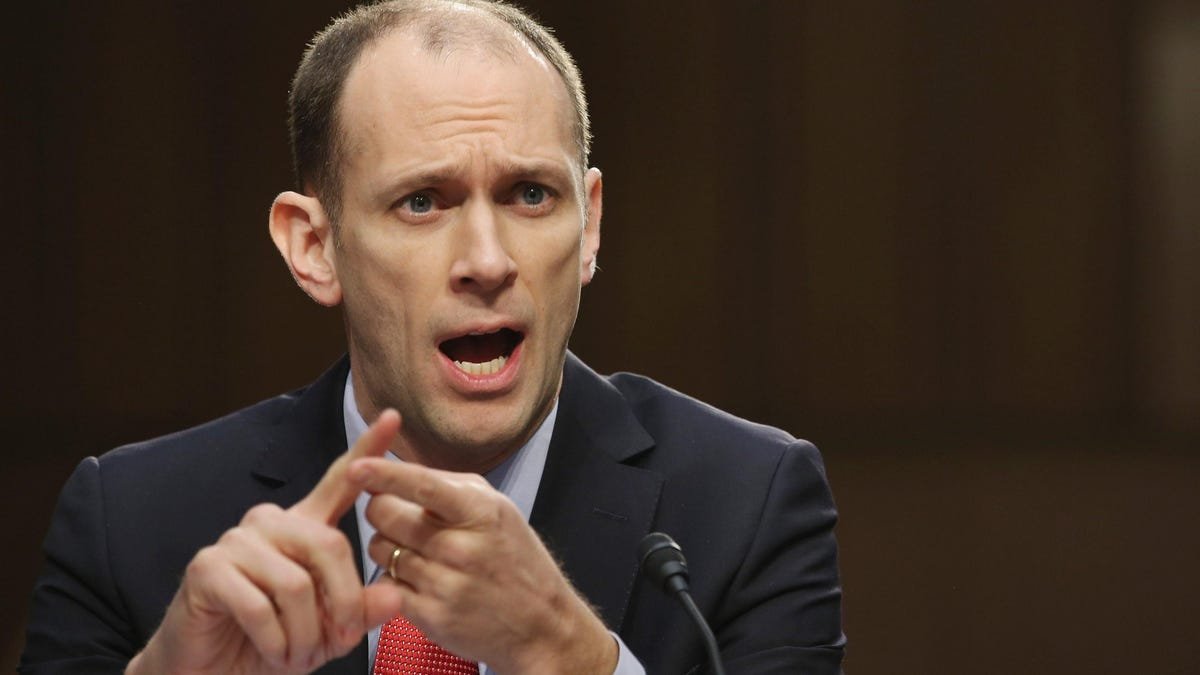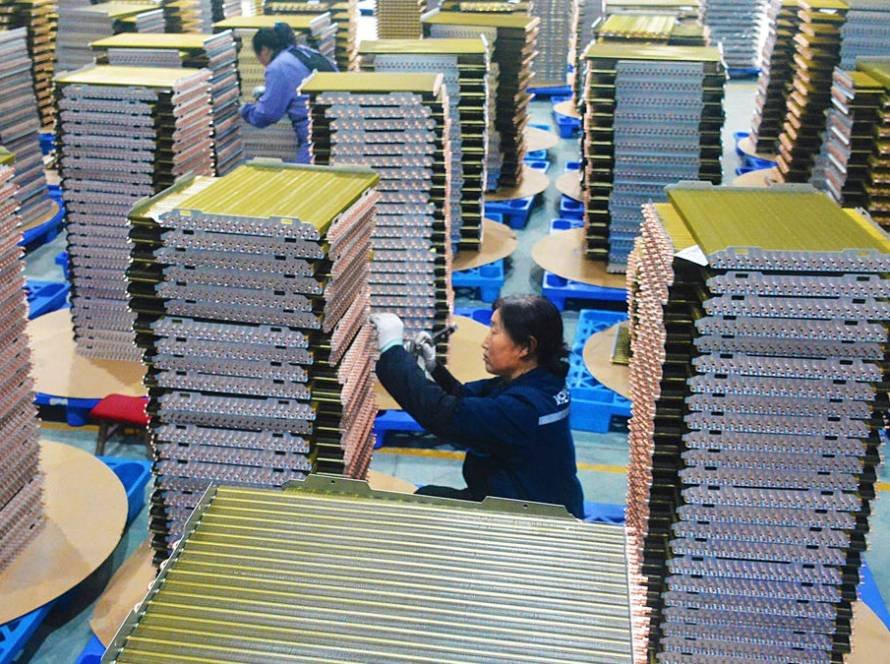The Federal Reserve has held rates at the highest levels in two decades because inflation is still higher than its 2% target, and a hotter-than-expected January reading suggested to the market that even a begrudgingly late June forecast for a cut might be out of the question (despite the Fed’s own projections that multiple cuts would be coming this year). Austan Goolsbee, president of Chicago branch of the Federal Reserve, told an audience at the Council for Foreign Relations today that he doesn’t exactly think that cut-callers are necessarily wrong.
“I don’t support waiting until inflation on a 12-month basis has already achieved 2% to begin to cut rates,” he said. Goolsbee is an alternate member of the Federal Open Markets Committee, the body that actually sets rates. As a monetary policy understudy, he doesn’t have a vote on what the Fed does unless one of the standing members can’t do so for some reason, but he does get to be in the room when they’re deliberating over what to do.
In a Wall Street Journal story about the recent troubles within the US electric vehicle sector, the Federal Reserve pops up as a possible cause of the trouble. Tyson Jominy, vice president of data and analytics for J.D. Power, told the paper that the interest rate on a new electric vehicle had gone from 4.9% to 7% in just a few months last fall. Likewise, Elon Musk was blaming high rates for a slowdown in Tesla orders. Those are two reasons that an increasingly loud chorus is calling for the Fed to loosen up its monetary policy.
Word is bond
Goolsbee doesn’t think that his relative impatience means that the Fed’s longstanding 2% target is useless. Looking back, he noted that inflation expectations as measured by the likes of the Cleveland branch of the Federal Reserve never flew out of control even when prices actually were leaping higher, because the Fed had enough credibility that its stated goals were enough to reassure economic observers.
“When it said we will get inflation back to 2%, the world, the market, the public believed that,” he said.
In fact, he went on, last year “was a very good year for the dual mandate,” in which the Fed is tasked with maintaining full employment and stable prices. Still, he cautioned that holding rates higher for longer carries long-term risk, even if the jobs side of things is holding up OK.
“You don’t want to remain this historically restrictive for too long,” he said. “If you do, you have to start thinking about the employment side of the mandate.”



